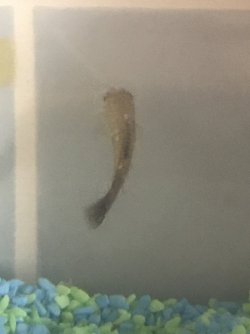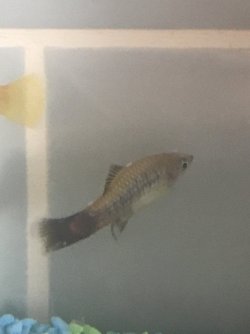Something clearly went amiss with your cycling and beneficial bacteria*, because a cycled tank would not have any ammonia or nitrite present.
Essentially, you need to keep changing the water until both ammonia and nitrites are zero.
No other reading is safe for the fish.
It is sadly safe to assume that your tank is NOT cycled and so it looks as if you're going to have to do a 'fish-in' cycle. This is a bad situation to be in, especially for the poor fish...
If you had real plants, these will eat up the ammonia and other ammonia compounds. Plastic plants, obviously, won't.
So, the more real plants you can put in that tank, the better.
The best plants for your needs will be floating plants, such as duckweed or Salvinia.
Then, if you can find some;
Cabomba
Elodea/Pondweed
Hornwort
Milfoil
*Just because a tank has been running for a longer period of time, it doesn't mean that it has been cycled.
Your petstore was talking complete rubbish and was more concerned with selling you things, rather than giving you helpful advice and support.
Sadly, this appears to be a common modern petstore practice.









